The Infantry’s job is to find, fix, and finish the enemy on the field of battle. It is also only the infantry that can secure, occupy, and defend the ground captured as a result. But the job of the boots-on-the-ground is now more complex than ever – whether its combatting asymmetric threats and insurgents, or fighting a “3-Block War” in a stabilization operation, to battling a near-peer adversary in a multi-dimensional fight, the days of the simple ground-pounding grunt are long gone. Who knows, in another 50 years they might even be fighting xenomorphs on extra-terrestrial operations too.
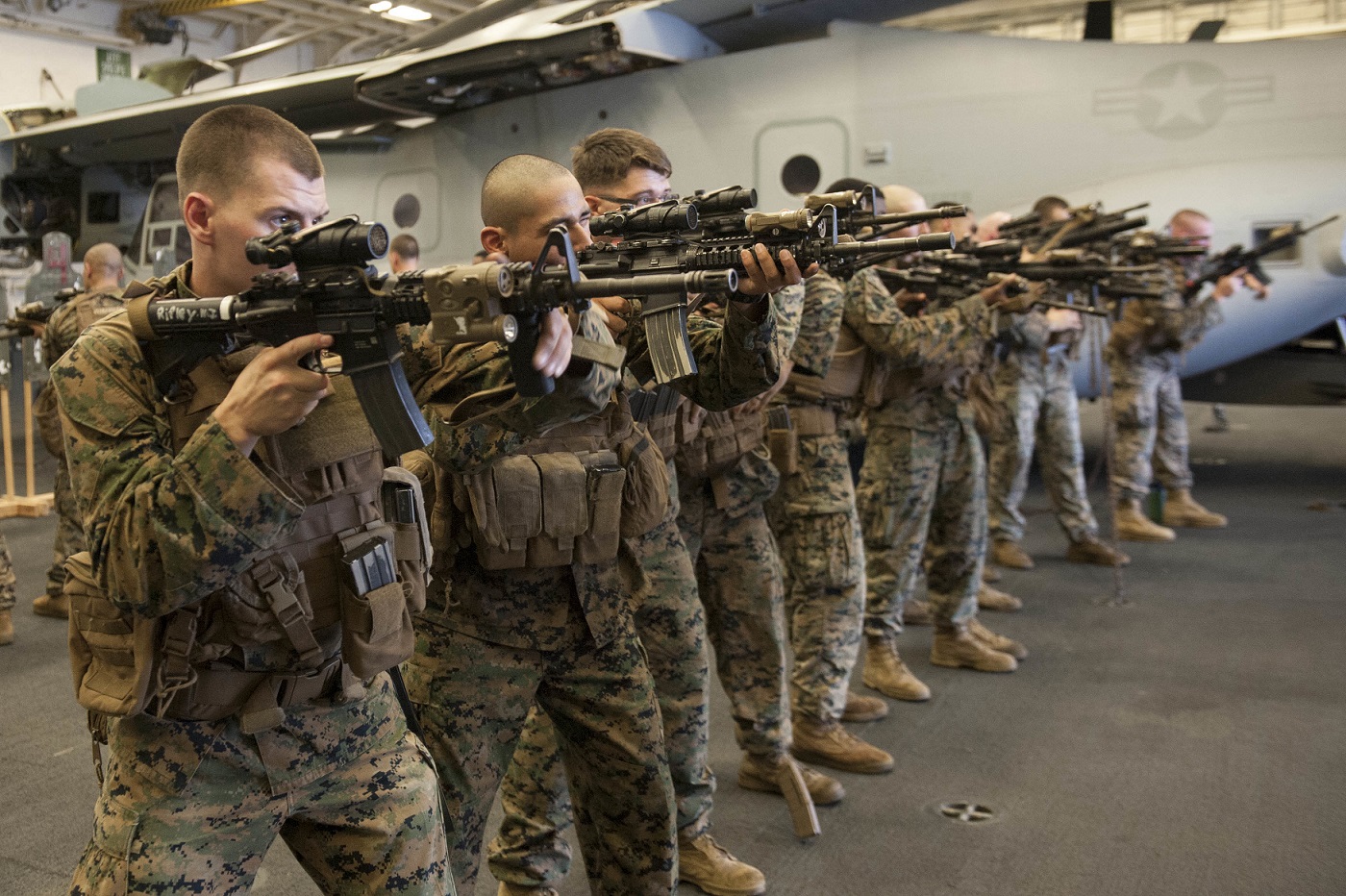
The US Marine Corps has been investing time, money and resources into modernizing the force to meet objectives outlined in the Commandant’s Planning Guidance, Force Design 2030 and the National Defense Strategy. Brig. Gen. A.J. Pasagian, commander of Marine Corps Systems Command, has stated that no investment is more important than those in support of the infantry Marine.
“The Marine Corps in 2030 does not exist without the individual Marine, what they’re wearing and what they’re carrying,” said Pasagian. “Enhancing our infantry Marines by providing them with the best capabilities available remains an integral, ongoing priority for the Marine Corps.”
Marine Corps Systems Command has placed great emphasis on meeting the demands of the future force to ensure Marines are never in a fair fight, said Pasagian. To achieve this objective, the command has concentrated on increasing infantry communication, lethality and survivability.
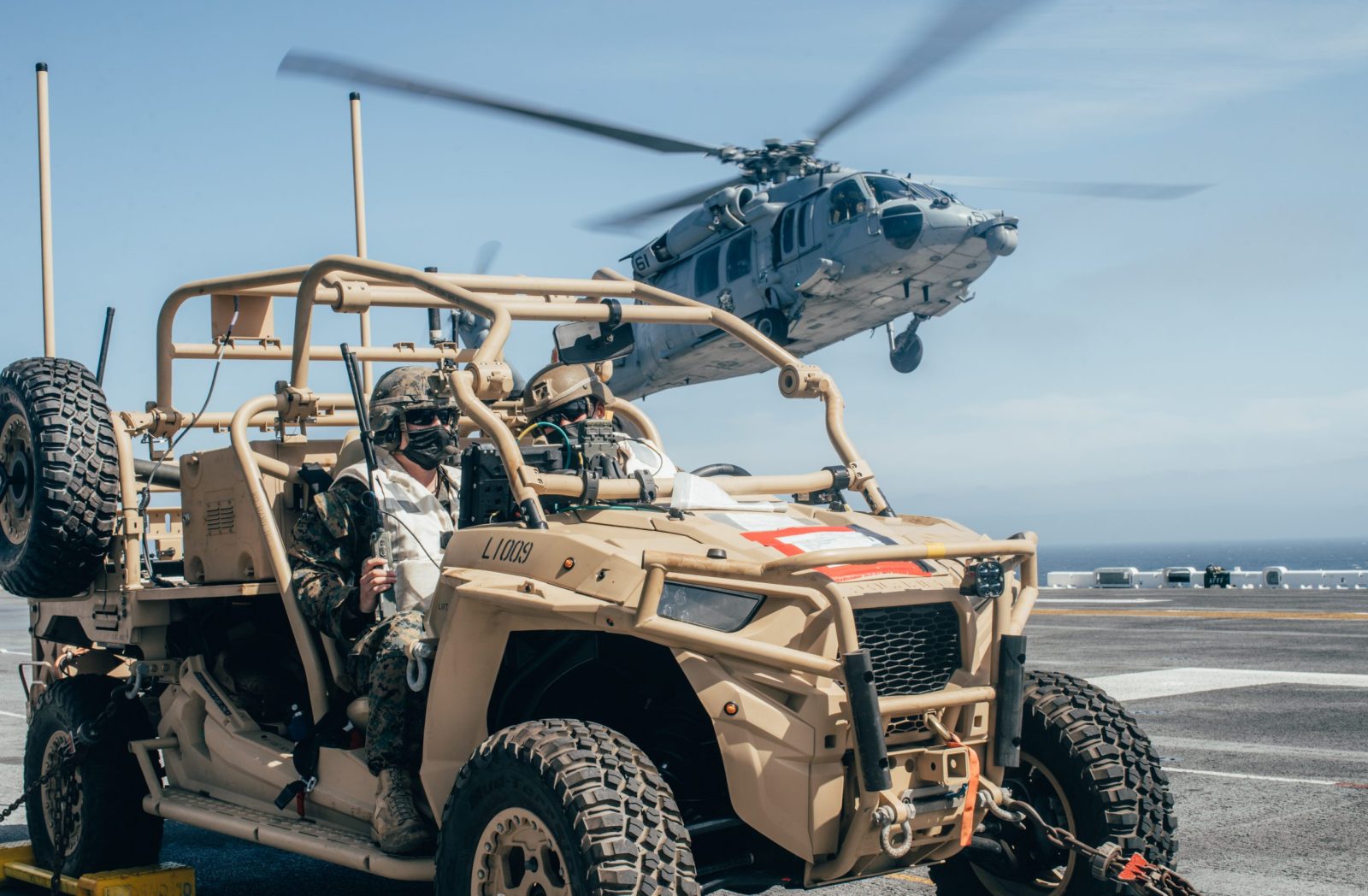
Increased close combat lethality
Over the last few years, MCSC developed and fielded several new, modernized capabilities to Marines, including the M27 Infantry Automatic Rifle, Squad Common Optic, Squad Binocular Night Vision Goggles and M320A1 grenade launcher.
The M27 Infantry Automatic Rifle, originally fielded in 2011, is lighter and reaches farther distances than its predecessor, the M249 squad automatic weapon, said CWO4 David Tomlinson, MCSC’s infantry weapons officer.
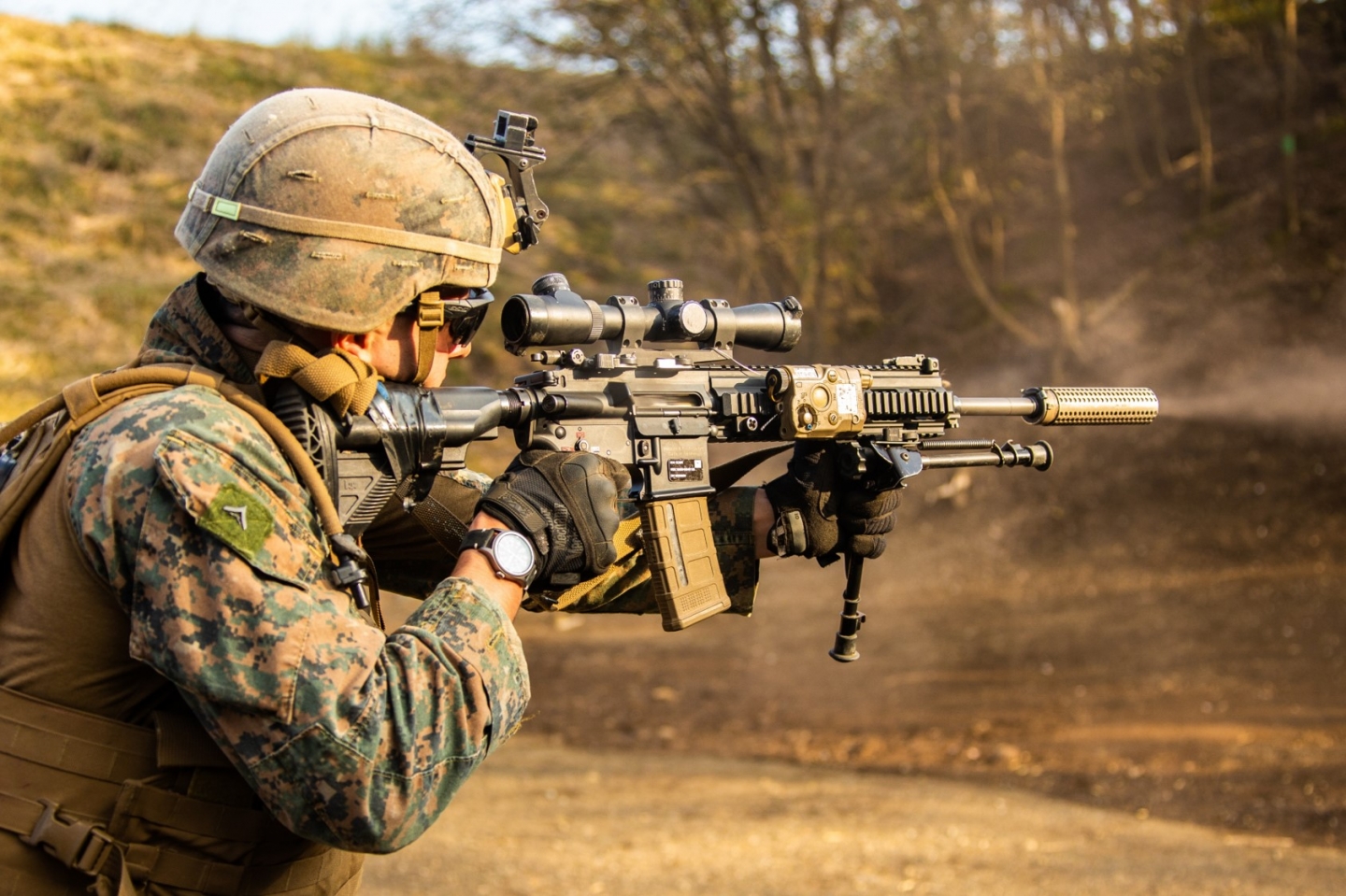
“The M27 is fully automatic and increases their accuracy compared with previous weapons systems,” said Tomlinson. “The increased accuracy leads to increased lethality.”
Over time, the popularity of the weapon blossomed among Marines. They raved about its ease of use and overall effectiveness. This led to the Corps expanding its fielding to all rifle platoons as their primary individual weapon.
Earlier this year, Marines began receiving the Squad Common Optic, an innovative new rifle sight that better enables shooters to identify and engage the enemy from farther distances in variable light conditions. It can be attached to the M4 and M4A1 Carbine as well as the M27 Infantry Automatic Rifle.
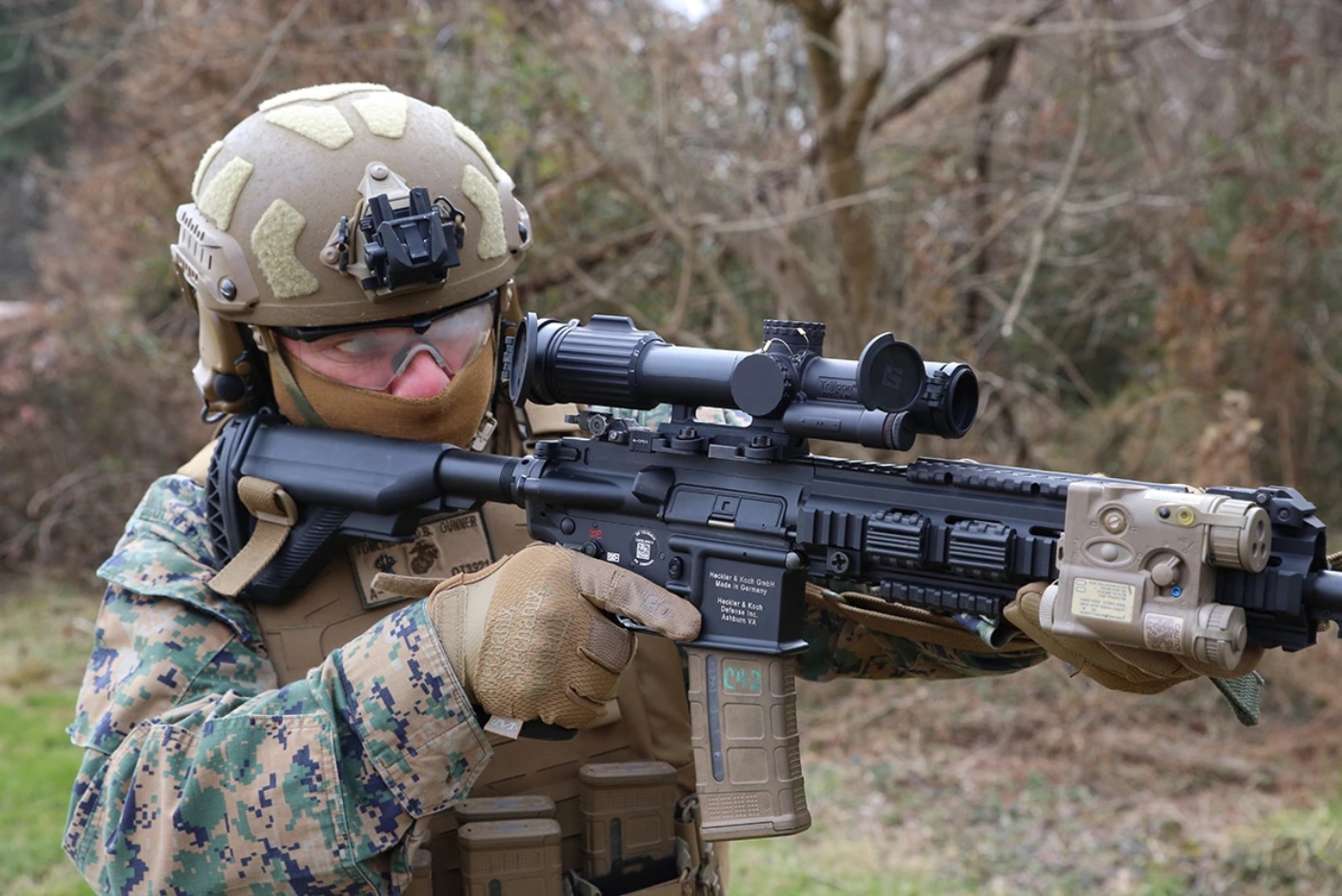
“The Squad Common Optic is a variable-power optic that allows Marines to engage to threats at the maximum effective range of their weapons system, improving target acquisition and probability-of-hit with infantry assault rifles,” said Tomlinson.
In 2020, MCSC also fielded the Squad Binocular Night Vision Goggle—a lightweight, helmet-mounted night vision system that provides increased depth perception, improved clarity and a thermal-imaging capability to detect targets in extreme darkness or through battlefield obscurants.
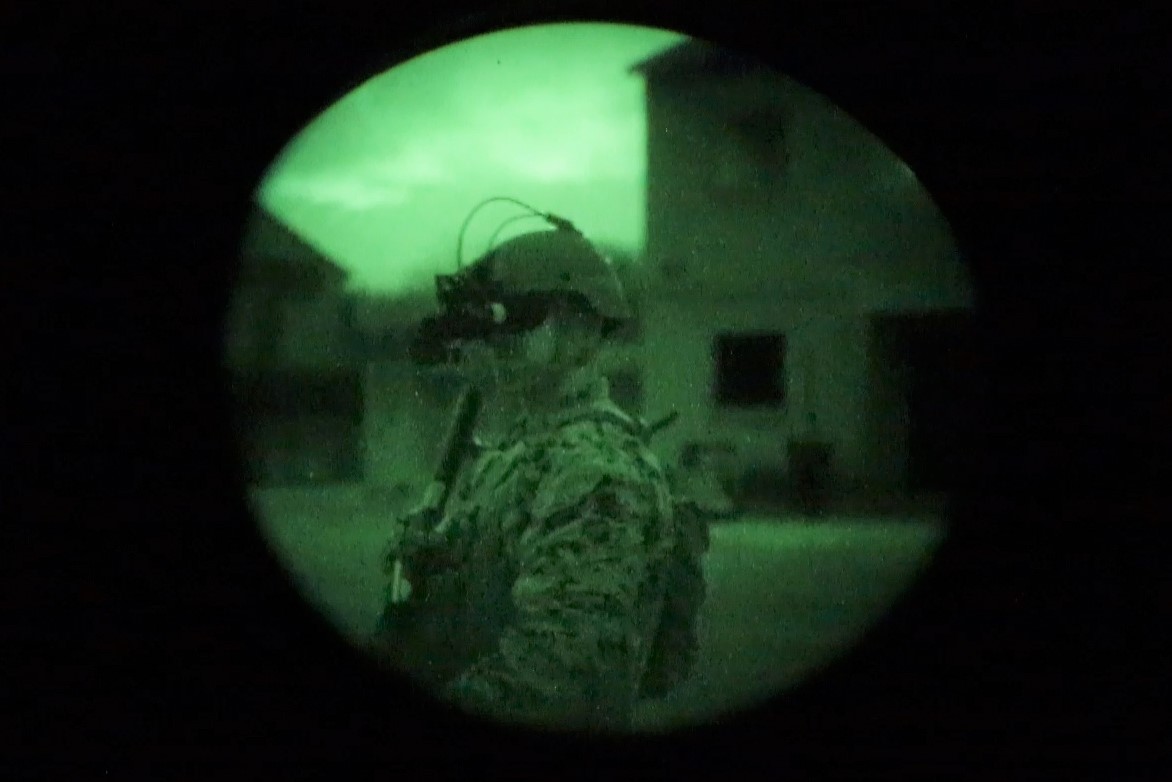
The SBNVG enables Marines to operate vehicles at night, move through dark buildings or tunnels, and engage targets after sunset. By using this system, Marines can be as lethal at night as they are in the daytime, said Tomlinson.
The Marine Corps also began fielding a new grenade launcher last year. The M320A1 grenade launcher is a single-fire system that Marines can either mount onto another rifle or use as a stand-alone weapon.
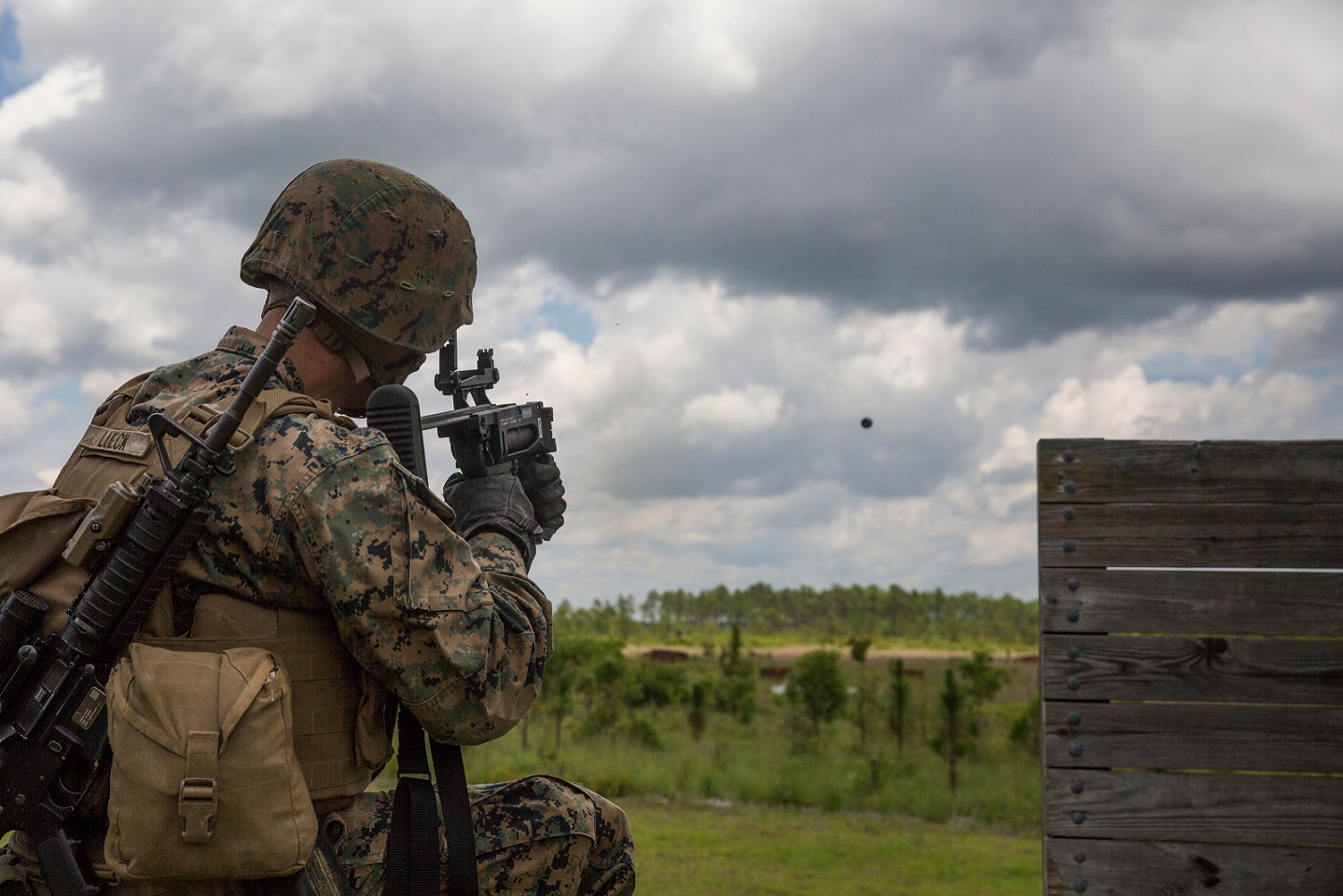
“The M320A1 provides an improved capability to engage the enemy day and night, while retaining the capability of short range, reflexive fire of the primary weapon,” said Capt. Nick Berger, MCSC’s project officer for the M320A1. “In addition, the M320A1 increases the small unit flexibility in employing lethal, nonlethal and special-purpose munitions by allowing them to tailor the weapon configuration to the mission.”
Lightening the load
Infantry units need more than just weapons to get the job done. The Marine Corps leans heavily upon MCSC’s Program Manager for Infantry Combat Equipment to research, develop and field lightweight protective gear designed to increase survivability.
In 2020, MCSC began updating its enhanced combat helmet to improve fit and comfort. The improved, high-cut helmet includes a retention system that tightens around the circumference of the head and adjusts easier. Female Marines, in particular, have noted how the high-cut ECH fits their hair buns better than the legacy ECH.
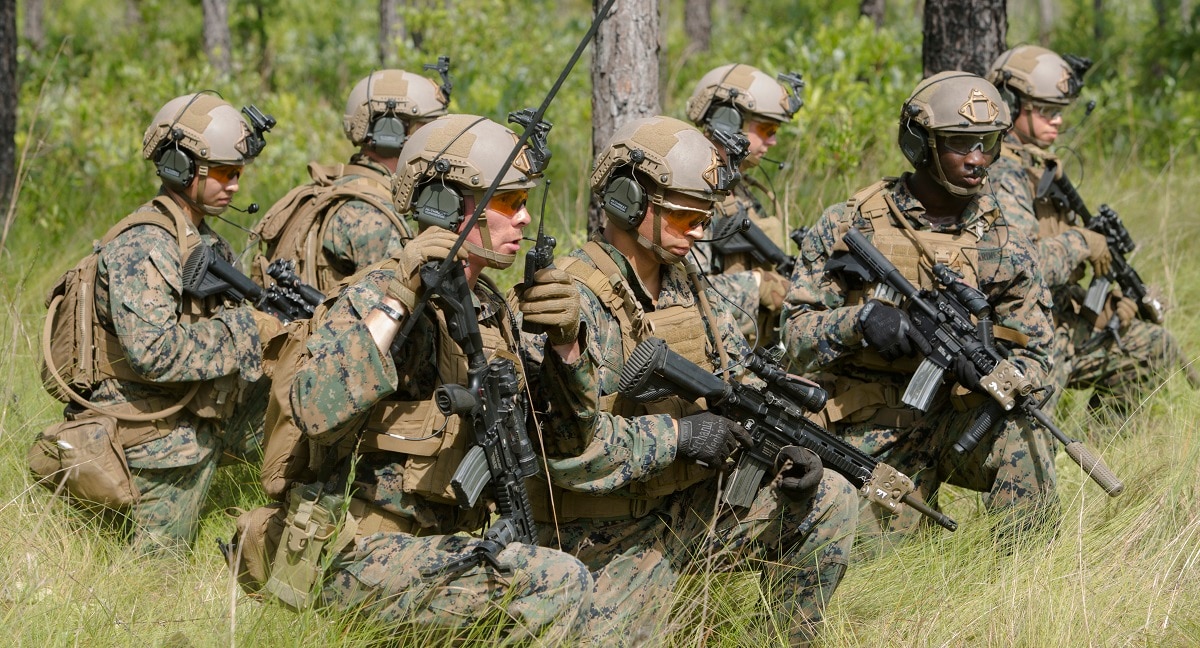
Another notable fielding in 2020 was the Plate Carrier Generation III, a next-generation protective vest that provides improved fit, form and function for Marines. The PC Gen. III guards against bullets and fragmentation when coupled with protective plates.
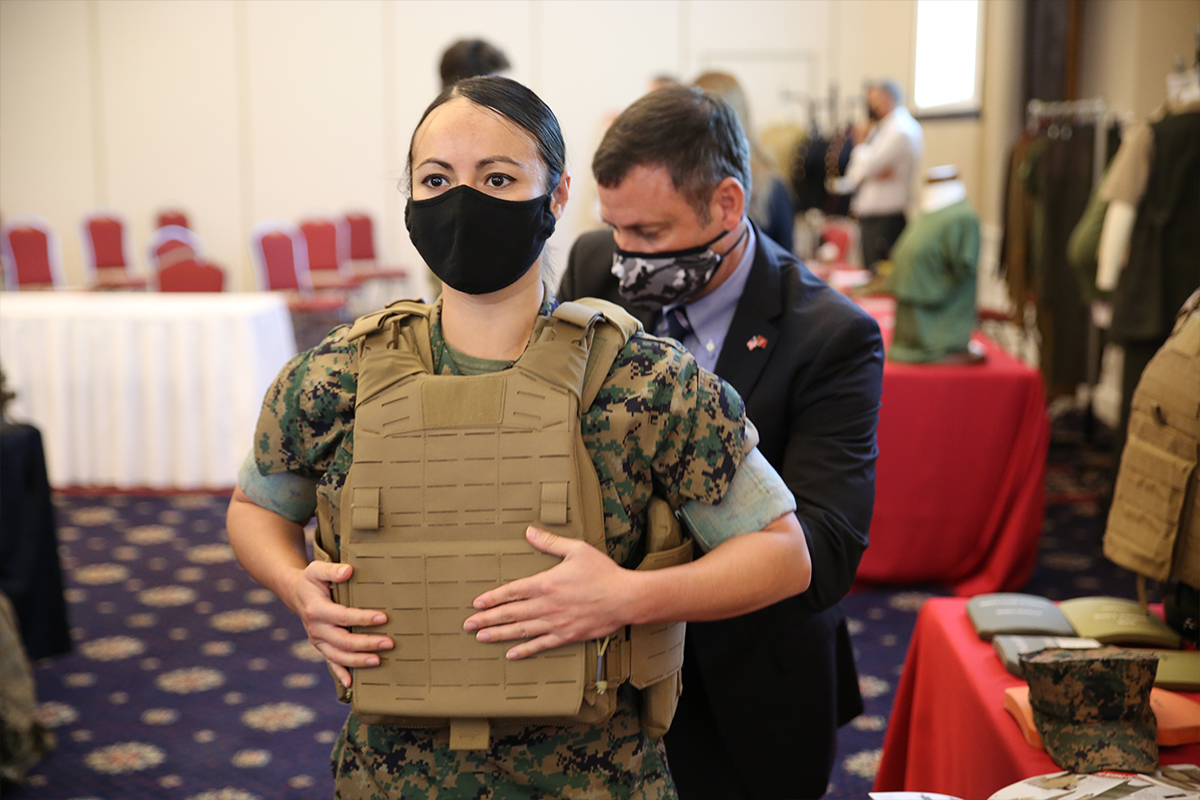
The PC Gen. III uses less material than the Plate Carrier that fielded in 2011. Lt. Col. Andrew Konicki, the program manager for Infantry Combat Equipment, explained that the improved designed of the PC Gen. III reduces the overall weight and bulkiness of the vest, increasing maneuverability.
“Lightening the load is important because it allows Marines to be more agile when moving from covered position to covered position,” said Konicki. “Improved mobility increases survivability while preserving endurance, which enhances a Marine’s lethality.”
In 2021, MCSC began fielding the Marine Corps Intense Cold Weather Boot—a full-grain, leather boot designed for use in temperatures as cold as -20 degrees Fahrenheit. The ICWB is lighter and less bulky than the Extreme Cold Weather Boot, employed in -65 to -20 degrees Fahrenheit.
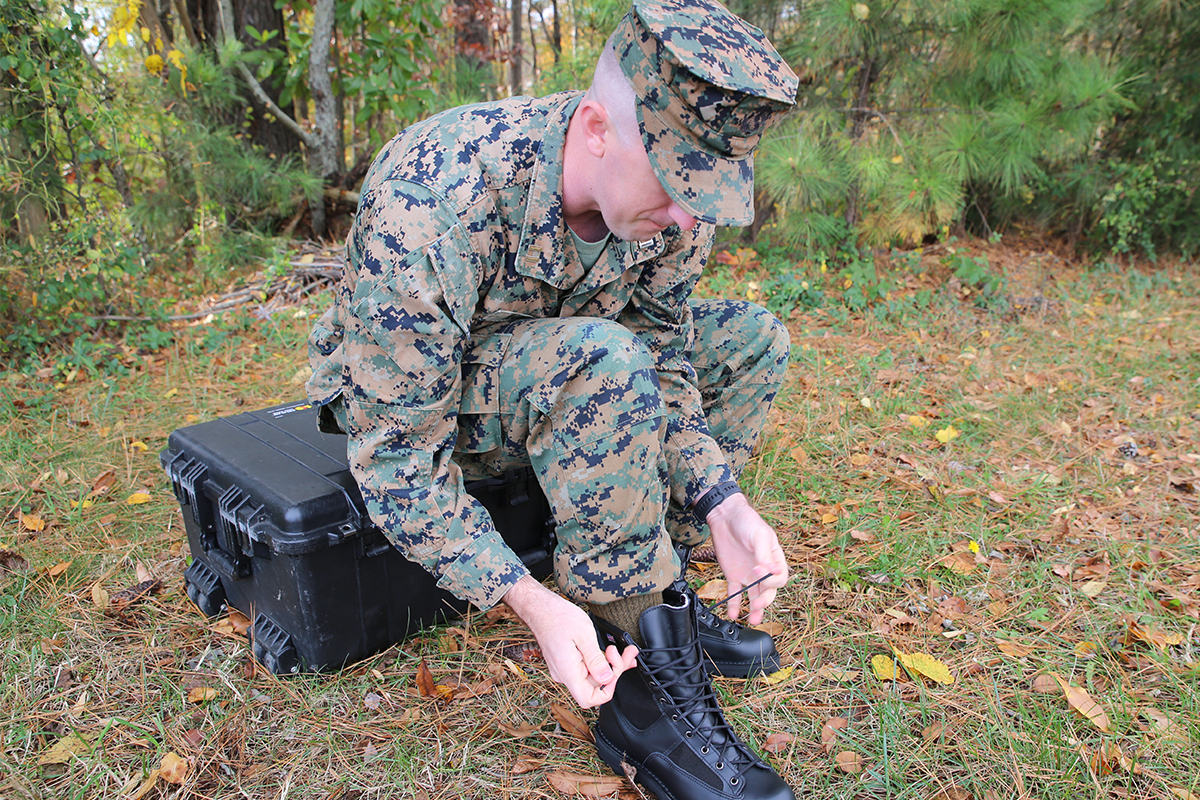
The ICWB allows Marines to complete various missions that might involve hiking or skiing in arduous, cold weather environments without having to change boots, said Konicki.
“This boot lightens the load for Marines because they’ll need only one boot for cold weather operations instead of having to carry two sets of boots and change based on the weather conditions,” said Konicki.
On the ammunition front, MCSC awarded a contract in 2020 to test and evaluate new, lightweight .50-caliber polymer ammo, with an intent to further lighten the warfighter’s load. The ammo, to be used in the M2 Machine Gun, is significantly lighter and easier to haul than the traditional brass casings.

Polymer is a class of plastic-like material that weighs less than brass and other metals commonly used in weapon systems. As the Marine Corps evaluates .50-caliber polymer ammo, other services are also evaluating other types of ammo.
The Army, for instance, is validating a 7.62mm polymer round, which could also potentially make its way to Marines in the future.
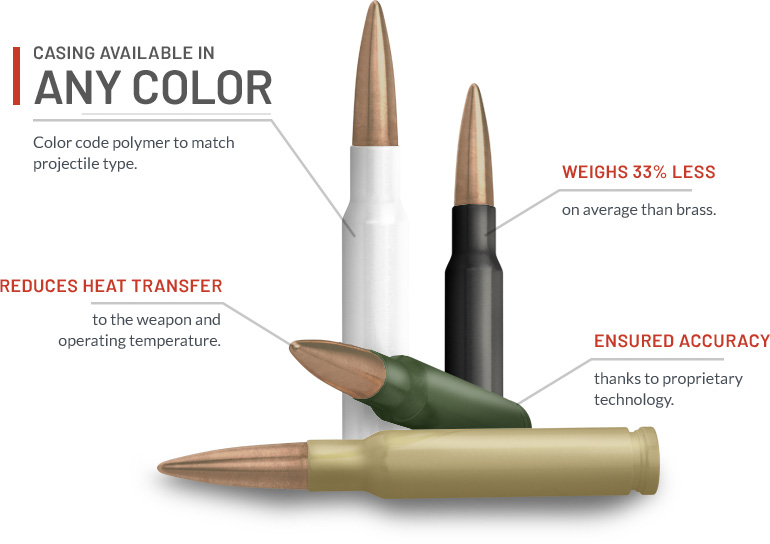
CWO3 Chad Cason, a project officer with MCSC’s Program Manager for Ammunition, said polymer ammo enables Marines to carry more with less fatigue, enhancing combat readiness. He also noted how the ammunition is just as effective as the brass ammo of the past.
“This is truly an innovative program, as [PM Ammunition] continues its modernization efforts in support of increasing lethality and capability to the Fleet Marine Force,” said Cason.
MCSC will host several limited user evaluations in 2021 and 2022, allowing Marines to assess the effectiveness and performance of the ammunition. Marine feedback during these assessments will inform a future fielding decision, said Cason.
Enhanced communication
Operating in a 21st century environment also requires innovative command and control equipment to increase communication on the battlefield.
In 2019, the Marine Corps fielded a lightweight, tablet system that improves situational awareness on the battlefield. The Marine Air-Ground Task Force Common Handheld enables Marines to use commercial smart devices to plot and share points, offering an overall view of the battlespace to commanders.
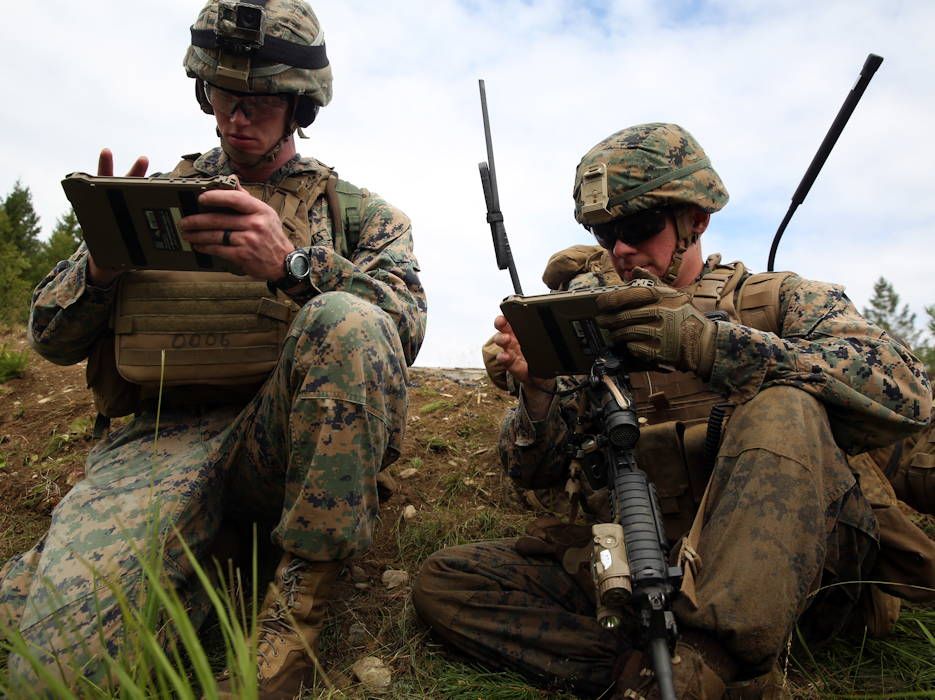
Later that year, MCSC upgraded the MCH to allow Marines to communicate with one another through several additional communication systems, including the Advanced Field Artillery Tactical Data System and the Army’s Joint Battle Command-Platform.
“Communication is critical to ensure Marines and commanders in the field have access to information and data at the right levels,” said John Maurer, deputy portfolio manager for MCSC’s Command Element Systems. “It enables, facilitates and accelerates decision-making and situational awareness.”
In 2020, the Marine Corps also fielded a next-generation High Frequency Radio II, which provides Marines with long-range, beyond line-of-site radio communications. The radio system comprises Wideband HF, increasing the data rate to more quickly communicate larger amounts of information.
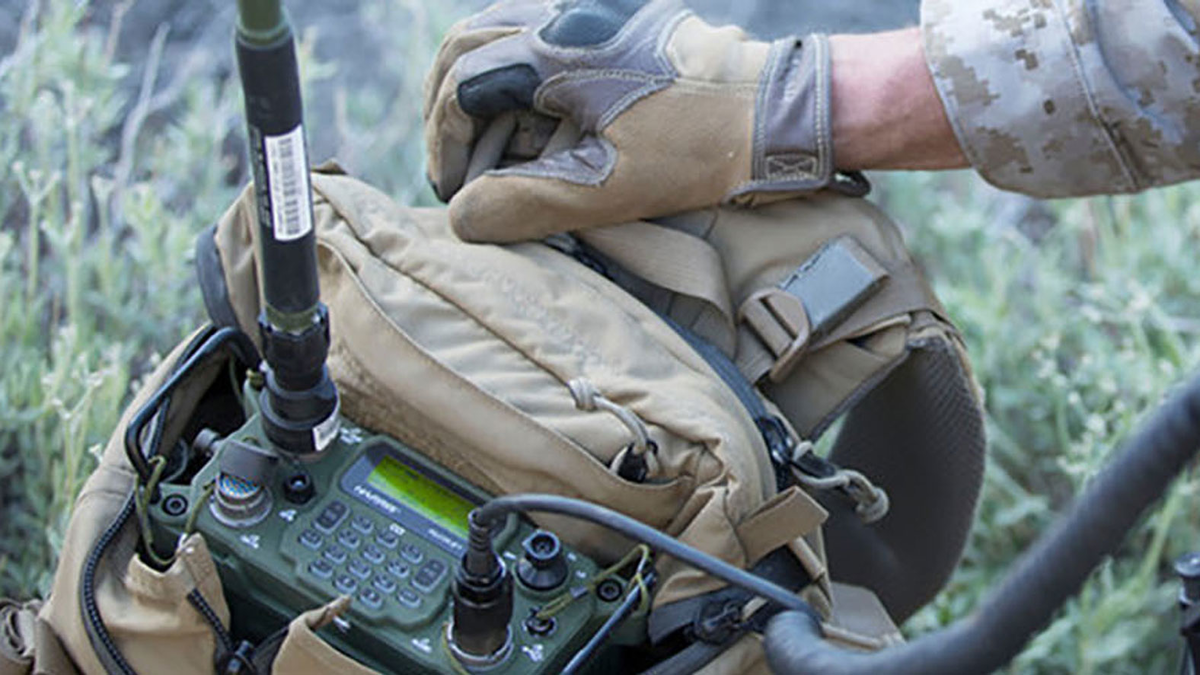
Maurer said the HFR II is a modern, resilient and sustainable capability that is significantly smaller and lighter than the legacy HF radio. MCSC’s Ground Radios HFR II Team, led by Leigh King, accelerated the acquisition process and achieved fielding one year earlier than originally planned.
The MCH, HFR II and several other communication systems acquired by MCSC are designed to make communication more seamless and efficient for infantry Marines, said Maurer.
“We are positioned to meet the Commandant’s Planning Guidance by providing multiple new systems to infantry Marines to enable the kill chain,” said Maurer. “The capabilities provided will support the initial operational capability of Force Design 2030 by providing assured command and control in a degraded environment, information warfare superiority and protected mobility for enhanced maneuver.”
The importance of training
The Marine Corps cannot accomplish its modernization goals alone. Chris Woodburn, of the Capabilities Development Directorate at the Combat Development and Integration, said they will continue to solicit support from industry and other services to field innovative capabilities and posture for the future fight.
“The Marine Corps is fielding several close combat lethality enhancements to address near-term requirements while working with the Army to pursue the next generation capabilities for the future,” said Woodburn. “These enhancements facilitate our close combat forces’ ability to leverage the best capability now, while posturing for the future through continued work with partner services.”
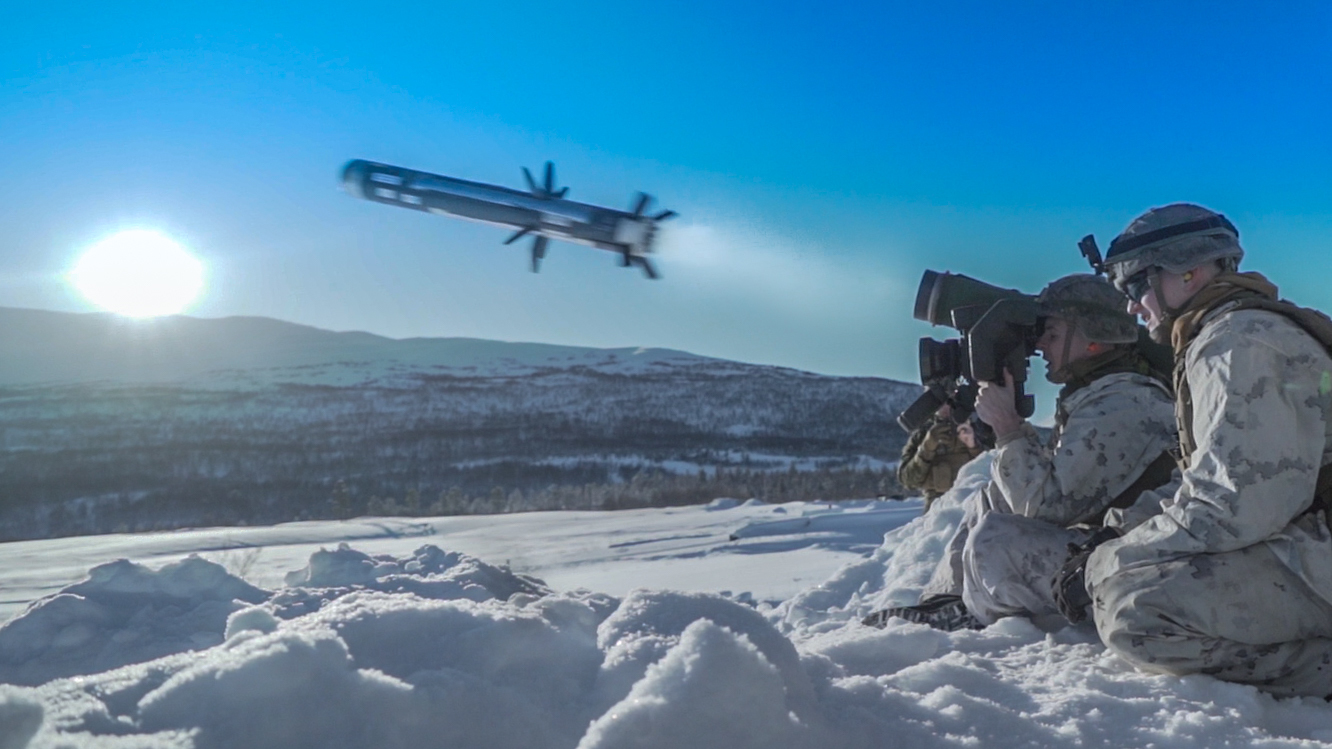
Tomlinson believes updating infantry units relevant gear is a critical step in gaining a competitive advantage over adversaries. However, he said the acquisition of effective equipment and the employment of active training can help the Marine Corps reach its modernization goals.
“Lethality isn’t just an item,” said Tomlinson. “We can give Marines a new system, but that doesn’t necessarily make them more lethal. Lethality also involves incorporating proper, effective training.”
Tomlinson said MCSC often employs New Equipment Training events to furnish Marines with the knowledge necessary to operate new capabilities. MCSC’s Training Systems program office also ensures Marines are equipped with the technology and systems needed to use newly-fielded capabilities in a simulated environment.

The Marine Corps’ Training and Education Command also plays an important role in increasing the lethality of Marines.
TECOM leads the Marine Corps’ individual entry-level training, professional military education and continuous professional development, through unit, collective and service-level training. The group’s intent is to enhance warfighting organizations that enable Marines to build and sustain the combat readiness required to fight and win today and in the future.
“The modernization of gear and equipment needs to be seamless to the training piece,” said CWO4 Anthony Viggiani, TECOM’s infantry weapons officer. “It’s not just the gear and equipment that makes an individual more lethal, it co-aligns the training as well.”
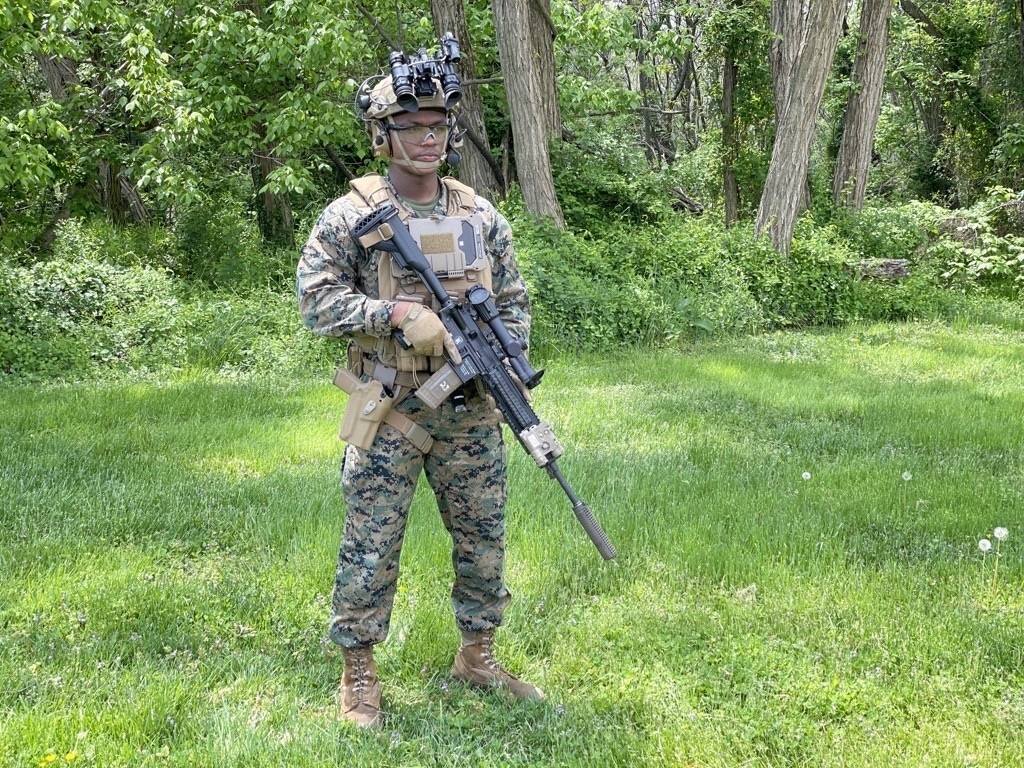
Viggiani said training offers the preparation needed to increase battlefield lethality. Training equips Marines with the confidence and capabilities needed to employ a piece of equipment to its maximum effectiveness, he said.
“You can’t just give an individual gear and equipment and think that’s going to solve all our problems,” said Viggiani. “Training is an important steppingstone to increasing lethality on the battlefield.”
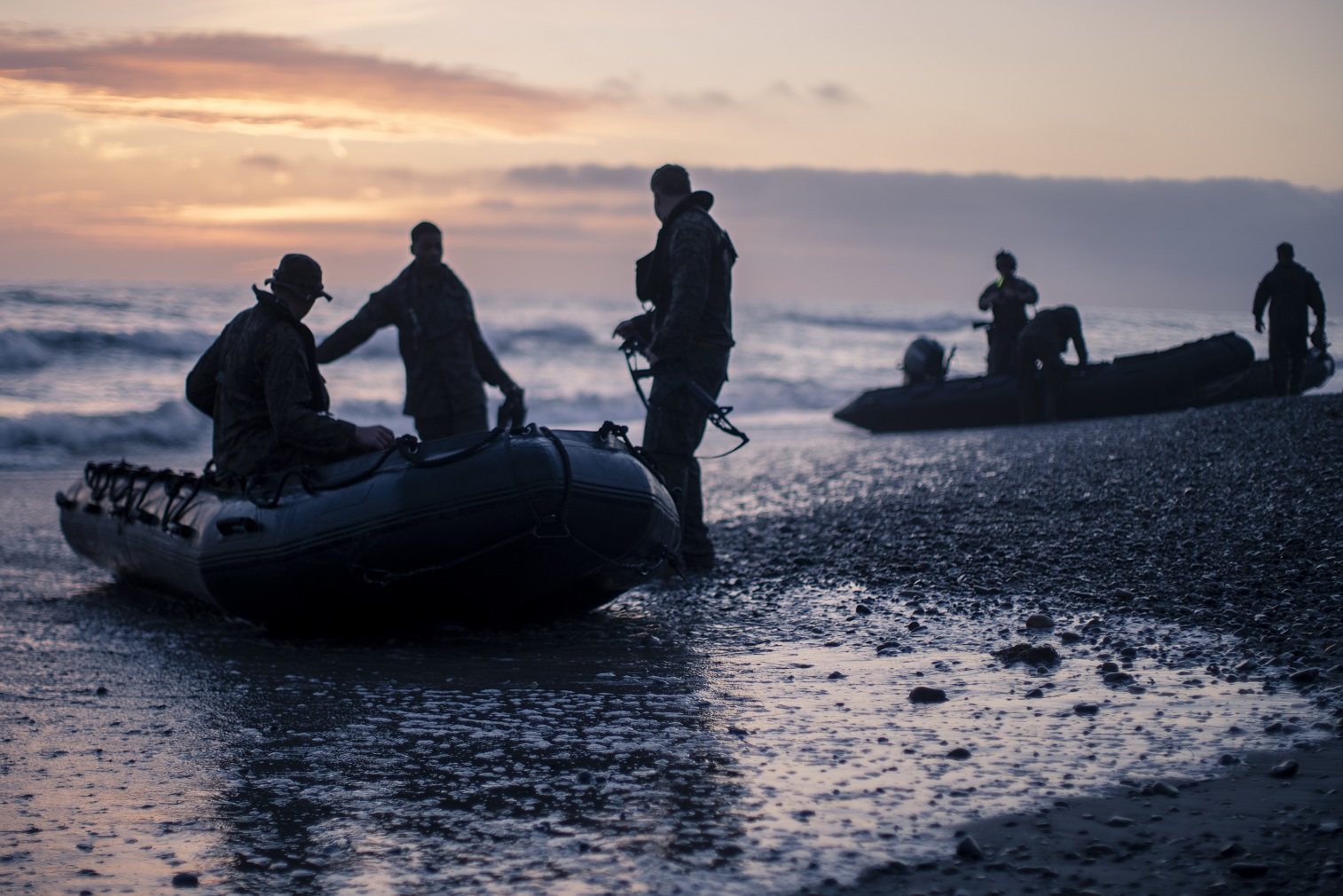
Article written by: Matt Gonzales, MCSC Office of Public Affairs and Communication, Marine Corps Systems Command
